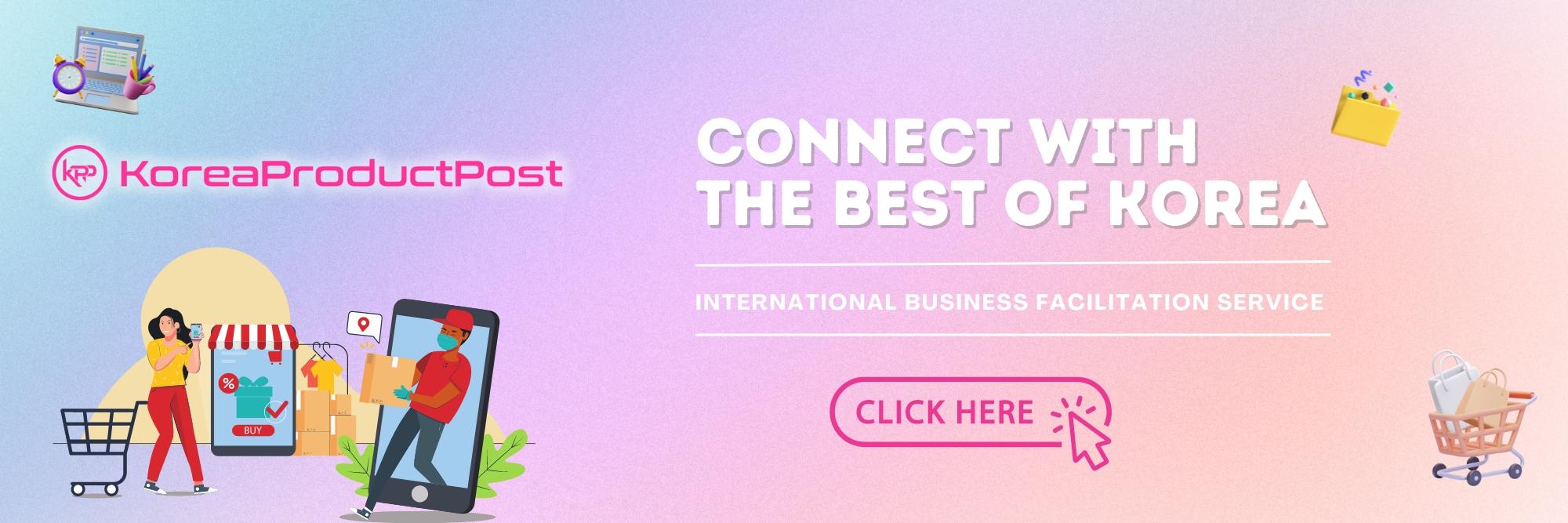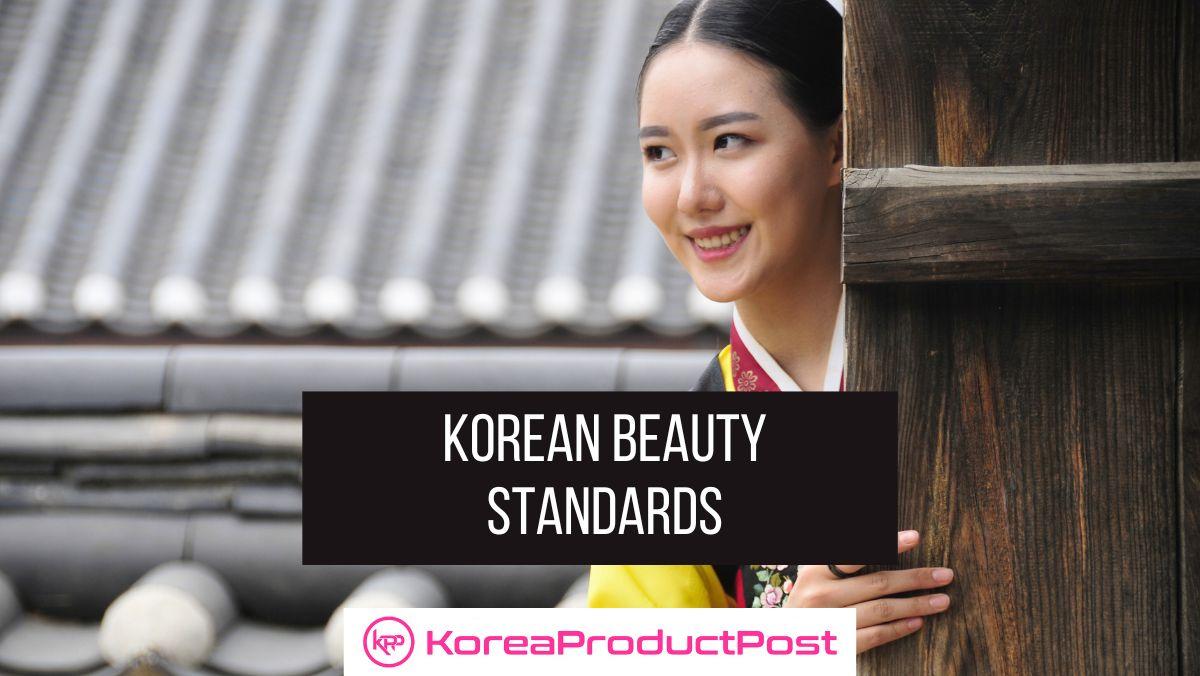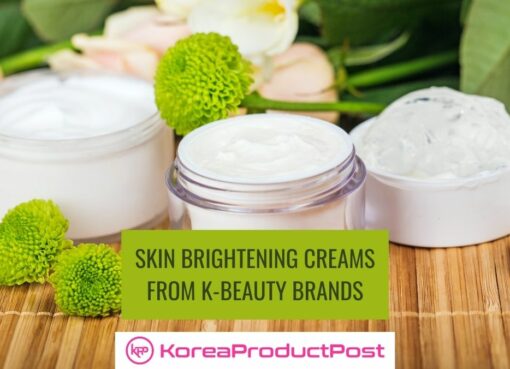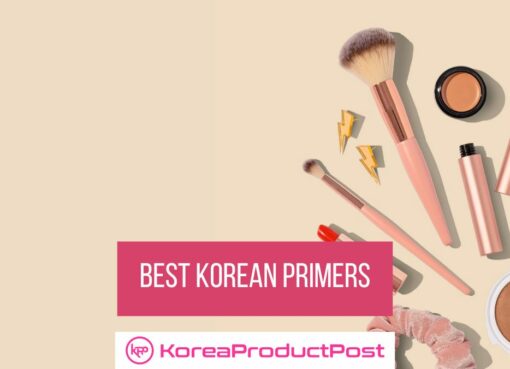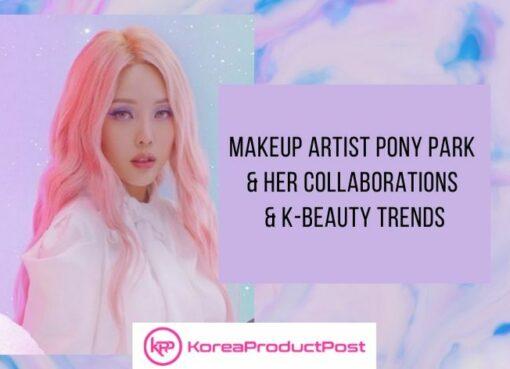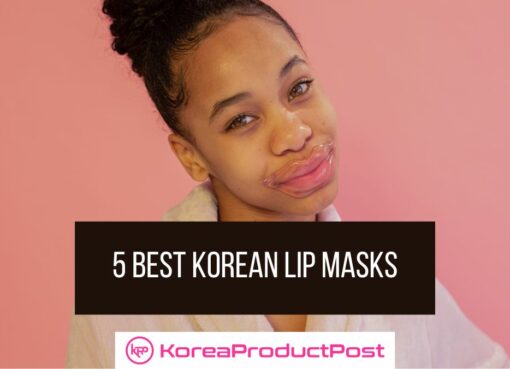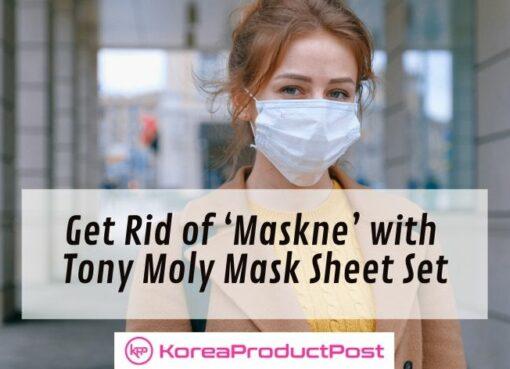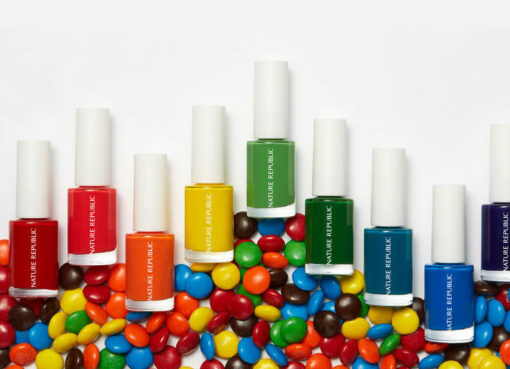Explore the evolution of Korean beauty standards and their influence on society and K-pop culture. Understand the K-beauty trends and the role of plastic surgery in this journey.
So, you waIf you’re interested in understanding the allure of South Korea’s superstars such as Kim Ji-soo (Blackpink), Irene (Red Velvet), Jin (BTS), as well as actresses Kim Tae-hee, Shin Min-ah, and Jun Ji-Hyun, you’re in the right place. Well, let’s delve into the vibrant world of Korean beauty standards!
Behind the K-Beauty Curtain: The Basics
Korean beauty standards are about sporting a petite, v-shaped face, porcelain-like skin, symmetrically perfect eyebrows, slender figures, and double eyelids. This creates an irresistibly youthful, innocent vibe. But where did these Korean beauty standards originate from? And how do they differ from the ones you’d find in Western societies? We’re about to delve deeper into the world of K-beauty and its trends.
Beauty Standards Showdown: East Meets West
Ah, Korean culture versus Western culture: the ultimate beauty brawl! South Korea has effectively carved out its unique aesthetic standards that have rippled across other countries. Let’s size them up against the Western ideal of beauty, shall we?
Western Beauty Standards
In the Western world, beauty standards are as fickle as fashion trends. Remember when Audrey Hepburn, Marilyn Monroe, and Jacqueline Kennedy were the “it girls”? Fast forward to today, and the Kardashians are reigning supreme, with their curvy bodies and plump lips inspiring countless cosmetic enhancements.
Korean Beauty Standards
In contrast, Korean beauty standards (aka 아름다운) uphold an innocent, youthful look. This look typically involves double eyelids, v-shaped jaws, petite faces, flawless fair skin, and slim bodies. As a result, South Korea’s beauty industry is bustling, consistently churning out innovative beauty products to help anyone who’s keen on enhancing their appearance meet these standards.
A Trip Down Memory Lane: The Evolution of Korean Beauty Standards
Ever wonder how these Korean beauty standards came to be? Let’s go on a historical journey!
Joseon Dynasty
During the Joseon era, beauty ideals were intrinsically tied to Confucian philosophy. This meant preserving the body’s natural state while maintaining a pure, bright complexion. Beautiful on the inside and out was the mantra!
Japanese Colonization
The period of Japanese Colonization saw an influx of new beauty products and the introduction of Western beauty ideals, causing a significant shift in Korean beauty standards.
Modern Times
Fast forward to today, and the K-pop and K-drama industries are shaping Korean beauty standards like never before. However, idols like Jennie Kim, Hwasa, and Tzuyu challenge and redefine these norms.
The K-pop Beauty Hall of Fame
The faces of Korean beauty standards are none other than our beloved K-pop idols. Icons like Jisoo (BLACKPINK), Jin (BTS), and Nayeon (Twice) embody these ideals, while others like Jennie Kim (BLACKPINK) and Hwasa (Mamamoo) break the mold, proving that beauty is indeed in the eye of the beholder!
And there you have it, folks: an exciting peek into the intriguing realm of Korean beauty standards. So, whether you’re looking to embrace or redefine these beauty ideals or follow some K-beauty trends, remember: you’re perfect just the way you are!
Female Beauty Standards In Korea
Small Face – 작은 얼굴
A small face is considered a sign of beauty in Korea because it is associated with youth and femininity. A small face is also seen as more delicate and elegant.
V-shaped Face – V자형 얼굴
A V-shaped face is considered to be the most flattering facial shape in Korea, and many women use makeup and facial exercises to achieve this look. It means having pronounced jawlines and a pointy chin.
Porcelain White Skin Or Pale Skin – 하얀 도자기 피부 or 창백한 피부
Pale skin is considered to be a sign of beauty in Korea because it is associated with wealth and status. In the past, only the wealthy could afford to stay out of the sun, so having pale skin was a sign that you did not have to work outdoors. This Korean beauty standard has been existing since the ancient Korean era. Koreans with dark skin usually worked in fields or other labor-intensive jobs.
Pointed Nose – 뾰족한 코
A pointed nose is a type of nose that is considered to be beautiful in Korea and is seen as being in line with Korean beauty standards. A straight and narrow bridge and a pointed tip characterize it. Pointed noses are often seen as elegant and sophisticated and can also help make the face look smaller. Pointed noses are often associated with European features, which is why they are desirable in Korea.
Big Eyes – 큰 눈
Big eyes are also seen as a sign of beauty in Korea, and many women undergo eyelid surgery to make their eyes appear larger. They are often seen as being a sign of youth, innocence, and vitality. Big eyes are also believed to make the face look smaller and more delicate.
There are a number of ways to achieve big eyes in Korea. One way is to wear makeup that enhances the size of the eyes. This can include using eyeliner to make the eyes look larger and using eyeshadow to create the illusion of a wider eye area. Another way to achieve big eyes is to have double eyelid surgery.
Double Eyelids – 쌍꺼풀
A double eyelid is a fold of skin that covers the upper eyelid. It is considered to be a sign of beauty in Korea, and many women who do not have a double eyelid naturally will undergo eyelid surgery to create one. It is a relatively common procedure in Korea.
Double eyelids are considered to be a sign of beauty in many East Asian cultures, including Korea. This is because they are seen as making the eyes look larger and more expressive. Additionally, double eyelids are often associated with youth and vitality.
Straight Eyebrows – 일자 눈썹
Straight eyebrows are a type of eyebrow that is characterized by a straight line from the beginning to the end. They are a popular trend in Korean beauty and are often seen as youthful and elegant.
Straight eyebrows are thought to have originated in Korea in the early 2000s as one of the K-beauty trends. They were initially popular among young people but have since become more mainstream. Today, straight eyebrows are seen as a symbol of beauty and femininity in Korea.
Plump Lips – 통통한 입술
Plump lips are seen as a sign of youth and femininity in Korea, and many women use lip fillers to achieve this look.
There are a number of ways to achieve plump lips, including lip fillers, lip plumpers, and natural methods such as lip balm and drinking plenty of water.
Aligned Teeth – 가지런한 치아
Straight teeth are considered to be a sign of beauty in Korea because they are associated with health and cleanliness. Many Koreans get braces to straighten their teeth, even if they do not have any major problems with their teeth.
Slim Figure – 날씬한 몸매
Slimness is also important in Korean beauty standards, and many women strive to achieve a very thin figure.
There are several reasons why the slim figure is considered to be beautiful in Korea. First, it is often associated with youth and vitality. Second, it is seen as being healthy and attractive. Third, it is often seen as a sign of wealth and status.
Thigh Gap – 허벅지 틈
A thigh gap is a gap between the inner thighs when standing with the feet together. It is often seen as a sign of beauty and slenderness, and it has become one of the most popular K-beauty trends in recent years.
Long Legs – 긴 다리
Long legs are also seen as very attractive in Korea. Many women use makeup and styling tricks to make their legs appear longer.
Understanding South Korea’s Plastic Surgery Culture and its Implications
In addition to its prominence in the K-pop industry, K-drama, and cosmetics, South Korea is often identified as the “Plastic Surgery Capital of the World.” Due to stringent Korean beauty standards, many Korean women and men consider undergoing plastic surgery. While many believe 90% of Koreans have had plastic surgery, the truth is more nuanced, although South Korea has the highest rate of plastic surgeries per capita globally.
A study entitled “Beliefs and Trends Of Aesthetic Surgery In South Korean Young Adults“ suggests that an individual’s external appearance is regarded as a significant factor impacting their professional achievements and interpersonal relationships. The strict Korean beauty standards and the detrimental effect of lookism compel many South Koreans to resort to various types of surgeries to enhance their physical appearance.
South Koreans’ investment in developing the Korean beauty industry and innovations in the field has resulted in international individuals traveling to South Korea for medical procedures. This has significantly impacted the Korean government, fostering social and economic advancement.
The Impact of Korean Beauty Standards and K-beauty Trends
Being in South Korea, constantly surrounded by pictures, ads, and individuals who comment on physical attractiveness, can impact one’s mental health. This societal pressure often compels individuals to go to great lengths to fit into societal norms of beauty.
The strict Korean beauty standards can have many negative effects, particularly on younger generations. Lookism, prejudice or discrimination based on physical attractiveness can severely damage an individual’s self-esteem and lead to mental health problems such as depression and self-hatred.
In South Korea, having plastic surgery is not stigmatized. In fact, it is normalized. The term “Gangnam Unnie,” referring to a Korean girl who has undergone many plastic surgeries, originates from the popular spot for plastic surgeries, Gangnam.
According to studies, South Koreans pursue plastic surgery primarily due to dissatisfaction with their external appearance, influences from parents and peers, and professional factors. However, it’s important to remember that plastic surgery is a personal choice and not a reflection of society.
While South Korea’s advancements in plastic surgery techniques and procedures are impressive, the emphasis on physical appearance and the societal pressure to adhere to certain beauty standards and K-beauty trends can have harmful psychological impacts. Promoting body positivity and acceptance and challenging harmful beauty standards in all cultures is crucial. The true essence of beauty lies in being comfortable in one’s own skin and respecting others for who they are.


